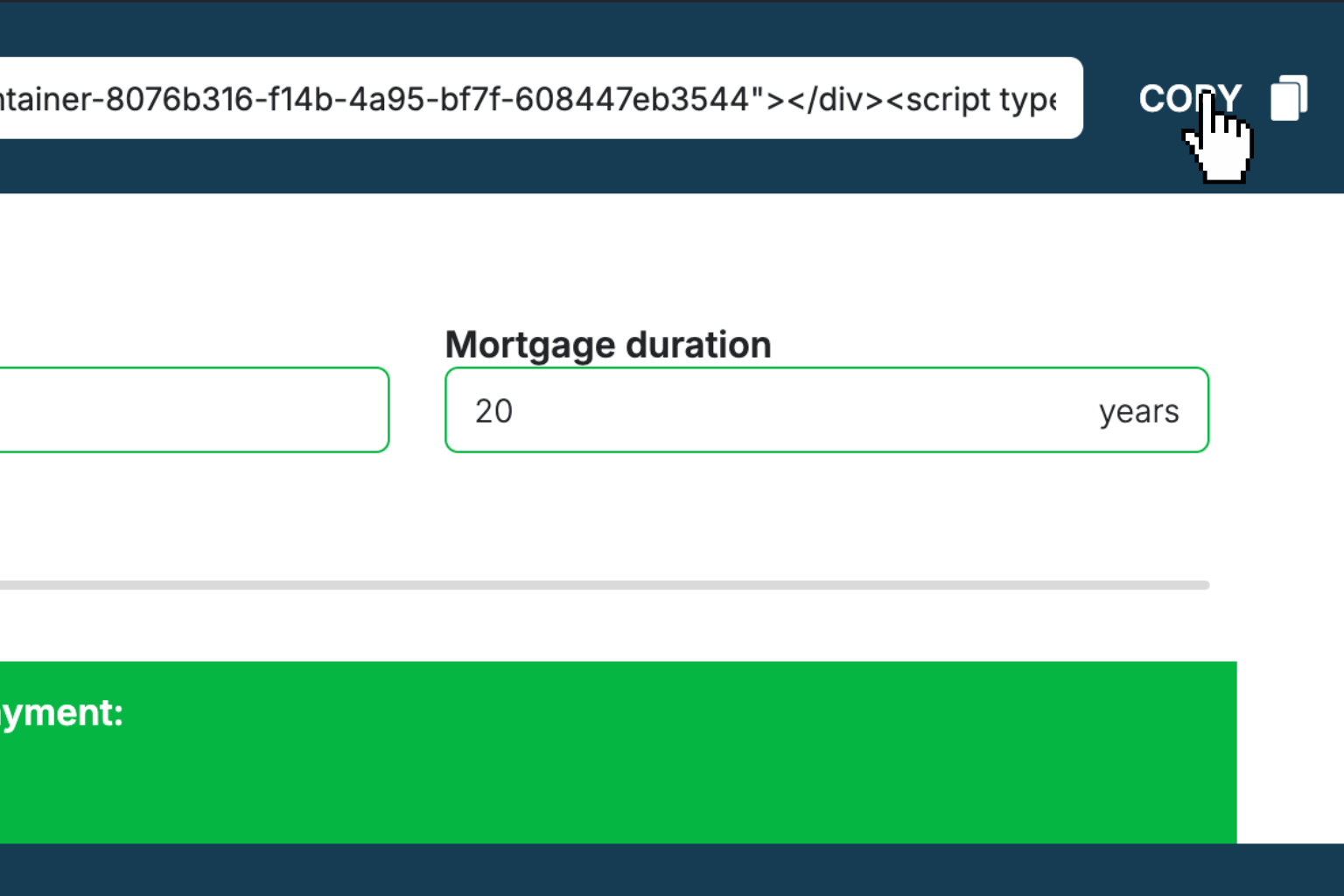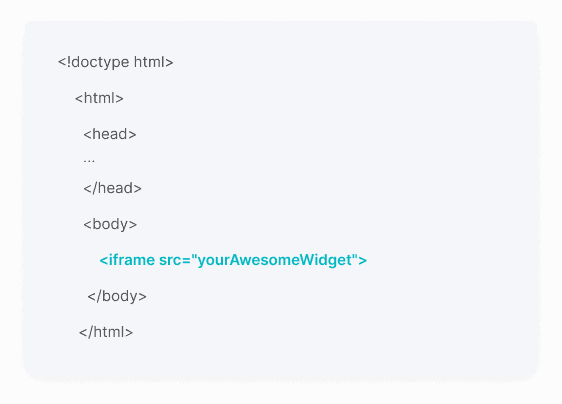Average Variable Cost Calculator
Quickly find your cost per unit by dividing total variable expenses by production quantity.How Average Variable Cost Calculator Works
Average variable cost (AVC) shows you exactly how much it costs to produce each unit when you factor in expenses that change with production volume. Unlike fixed costs (like rent or insurance), variable costs fluctuate directly with how much you produce - think raw materials, direct labor, and production supplies.
The calculation is straightforward: divide your total variable costs by the number of units produced. This gives you a per-unit cost that's crucial for pricing decisions, production planning, and understanding your profit margins.
AVC typically follows a U-shaped curve as production increases. Initially, costs per unit decrease as you achieve economies of scale and spread variable costs over more units. However, after reaching an optimal point, costs per unit start rising due to inefficiencies, overtime wages, or resource constraints.
Business managers use AVC to determine minimum pricing thresholds, decide whether to continue production in the short term, and identify the most cost-effective production levels. If your selling price falls below AVC, you're losing money on every unit and should consider shutting down production temporarily.
Average Variable Cost Calculator Formula Breakdown
Formula
Average Variable Cost = Total Variable Cost ÷ Produced QuantityVariables Explained
- Total Variable CostThe sum of all costs that change directly with production volume, including raw materials, direct labor, packaging, shipping, and variable manufacturing overhead. Found in your cost accounting records or production reports for a specific period.
- Produced QuantityThe total number of units manufactured during the same period as your variable cost calculation. This should match the timeframe of your cost data and can be found in production logs, inventory reports, or manufacturing summaries.
Example Calculation
Given:
- Total Variable Cost: $250.00
- Produced Quantity: 100 units
Calculation:
Average Variable Cost = $250.00 ÷ 100 units = $2.50 per unitResult:
$2.50 per unitExplanation
A small bakery spent $250 on ingredients, packaging, and hourly wages to produce 100 loaves of bread. Their average variable cost is $2.50 per loaf, meaning they need to price above this amount to cover variable expenses and contribute toward fixed costs and profit.
Tips for Using Average Variable Cost Calculator
- 💡Include all truly variable costs like materials, direct labor, shipping, and commissions, but exclude fixed costs like rent, insurance, or salaried management - these don't change with production volume.
- 💡Calculate AVC regularly as production scales since costs per unit typically decrease initially (economies of scale) then increase (diminishing returns), helping you find your optimal production level.
- 💡Use AVC for short-term pricing decisions - you can temporarily sell below total average cost but never below AVC without losing money on every unit produced.
Make Your Own Web Calculator in 3 Simple Steps
Create Interactive Calculator
Design your interactive calculator in under 5 minutes using our drag-and-drop builder.Preview & Generate Embed Code
Review your calculator and copy the embed script when you're satisfied with the results.Embed Calculator Into Your Website
Paste the code into your website's HTML. Works on WordPress, Shopify, Wix, and any platform. EugenCreator of Creative Widgets
EugenCreator of Creative Widgets“After 10+ years in digital marketing, I’ve built calculators that drove thousands of new leads for clients. I realized one thing: calculators convert. They're killer for CRO and great for SEO. That's why I built Creative Widgets—an easy, no-code calculator builder. ”
It's free. Try it out. You'll like it.




